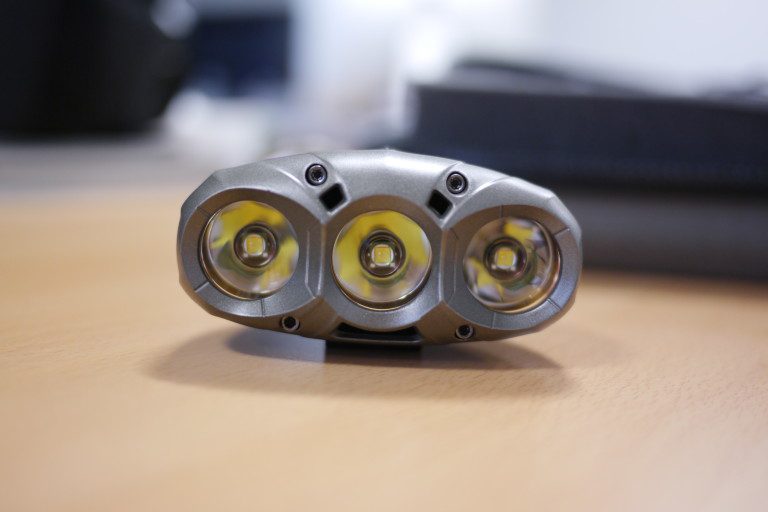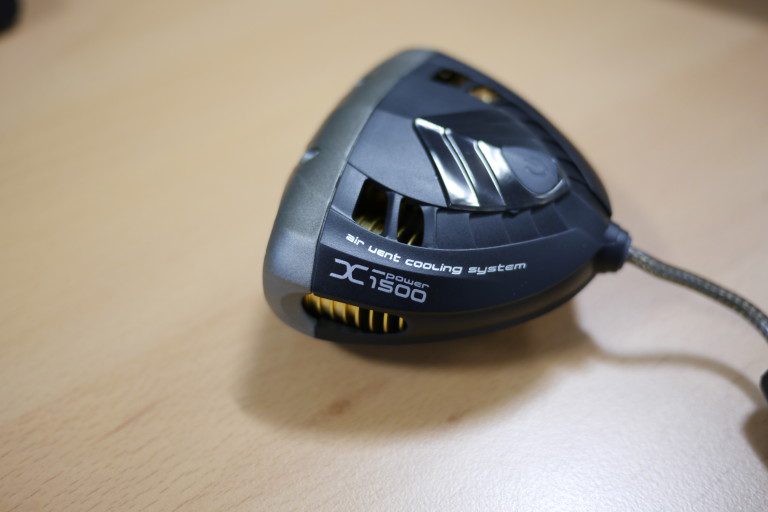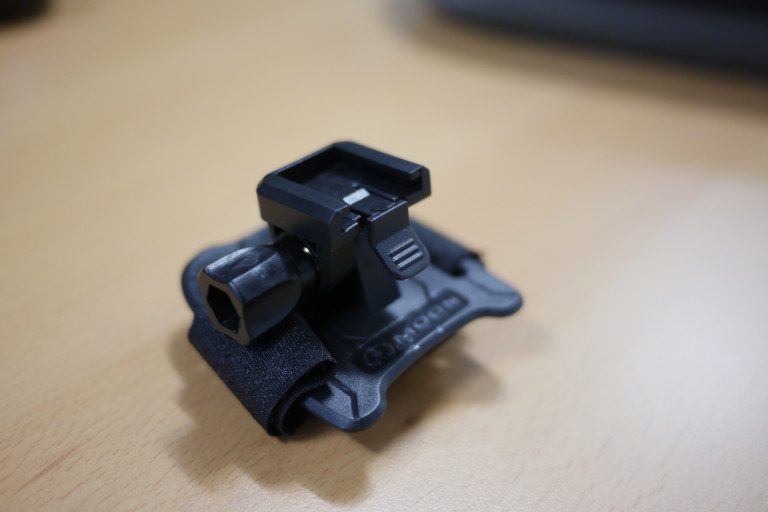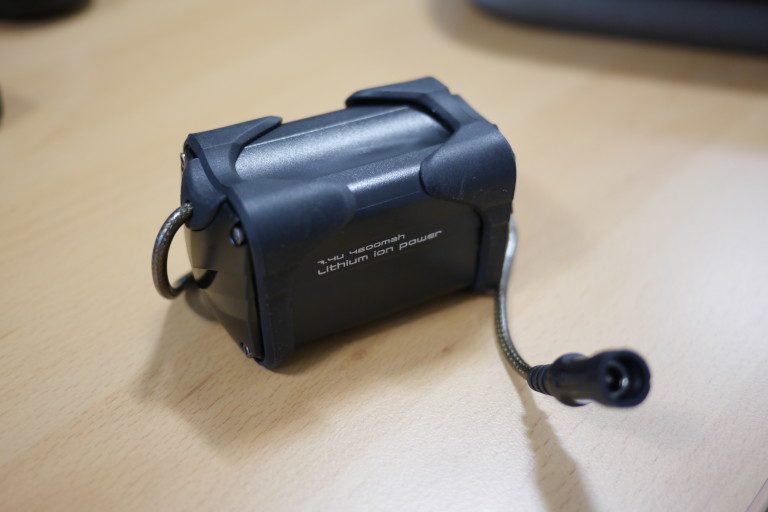We live in something of a golden age for bike lights. Lights are now brighter, lighter, easier and tougher than they’ve ever been. Gone are the days of delicate halogen bulbs and hulking great lead acid batteries.
We now have powerful LED lamps and dinky lithium ion batteries. All of which can withstand the rigours of a decent night out on the trails or roads.
The price of lights has also come down in real terms. A decent lighting set-up is still probably going to cost you three figures so it’s not exactly pocket money but they’re cheaper than they use to be. And loads better.

You can now buy lights that are actually pretty much overkill (that doesn’t stop people buying them though!) so the price of normal ‘more than good enough’ lights has shot down in the last few years.
One of the best things you can ever buy
You’d struggle to find a cyclist who regrets having bought a quality set of lights. Having a good set of lights means you can ride more. You no longer have to restrict your riding to daylight hours. And if you use your bike lights for commuting then you know the added safety advantages of running bright lights.
Night riding is different to riding in the day. Which is a stupid thing to say but let us explain.
The atmosphere and vibe is very different. Everything’s quieter. Your senses go into overdrive. Even with broad beamed lights the effect of riding along in your personal tunnel of illumination is marvellous. The bigger picture either side of you is blackness. It focusses your riding like little else.
It’s not just the outside world that changes. The camaraderie with your riding buddies increases. For such a seemingly isolating activity, night riding is the most social sort of riding that you’ll ever do.
Or if you’re out riding on your own, the “inner self” comes out to play in full effect – for better or worse!
And for mountain bikers there’s the effect that riding at night has on the trails. Despite lights getting brighter and brighter every all the time they’re still not the same as riding by daylight, no matter what anyone says. Trails look different. You notice different things about them. They ride differently.
So what do you need to be looking out for choosing a bike light?
Make sure it’s bright enough. You don’t need to go crazy but these days we think it’s well worth going for a light with 500 lumens of illuminating power or more.
Lumens? Lumens are the accepted measure of the total amount of visible light emitted by a light. The more, the brighter.
Lumens are not the be-all and end-all of what makes a good illuminator. The lamp lenses need to be of good quality. It’s the lenses that cost the money really.

Did you know that LED lights run brighter if they’re cooler? Well, they do. Those odd-shaped lamps with grooves, grills and fins all over them are not just there for styling. Those details are called “heat sinks”. They keep the lamp cooler in use (thus brighter). Cheap lights often have no heat sink designed into them at all.
A lot of riders – mountain bikers especially – swear by having two lights: one on the bike and one on their helmet. We’d agree with this. We’d even say it’s better to have two relatively weak lights rather than one powerful light. With a light on your head you can point at what you what to light up, leaving your fixed bike-mounted light to constantly illuminate the immediate foreground.
If you’re road rider, or you just want to go for the one light system, then go for a single bike-mounted light. Having just a light on your helmet can do weird things to your depth- and speed-perception, particularly in wet weather.
Bar-mounted lights should have a fairly broad array of beam. Helmet lights are better with a narrower, more penetrating beam.

If you want a light for your helmet make sure the light comes supplied with a helmet mount in the box. Spares can be expensive or even sometimes totally unavailable.
Buttons need to be proud enough to be used by fingers in thick gloves.
What you don’t need
You may not need loads of different power settings. Mountain bikers will only ever use “lowest” and “highest”! Road riders however, with more of an eye on constant illumination, may like to choose a setting that suits the task in hand and stick to it so a light with a mid-power setting can be useful.
Be realistic with your burn time requirements. If you’re only going to be doing two hour night rides then don’t go for a light with a big battery that lasts for six hours on full beam. Go for a lighter, dinky, durable-enough battery that you can fit on your bike easier. We like batteries that you can fit on your handlebars or under your stem, that way your frame’s paint-job doesn’t get rubbed.

Some bar brackets can be a bit fiddly to install but we wouldn’t let that sway your choice too much. You only ever put the bracket on your bars once and then you leave it there until the clocks change back again! Having said that, a bracket that doesn’t require a tool to tighten/loosen/adjust is a good idea.
You don’t need to worry about battery charging regimes. Modern li-ion batteries are just like phone batteries. Charge ’em up whenever you want. It doesn’t matter if the battery is empty, half full or almost full. It’ll be okay.
Which bike light should you buy?
Leisure riders should no longer be put off night riding by the price of lights. A sub-£100 single bar-mounted light with 500 lumens or so of power will be fine. Really good in fact.
Mountain bikers should go for a two light combo. Something around 1000 lumens or more on your bars with a nice all-in-one ‘torch-style’ light on your helmet with around 500 lumens or more. No need to go for massive burn times for social night riding. Just using the high power settings when you get to the descents will extend your battery life massively.
Road riders have been particularly well served by recent advancements in LED technology. Powerful, light and compact lights are excellent for road riding. Extreme brightness may not be as much of a necessity as it is with mountain bikes but it’s still nice to have a bright light so look for a light with a minimum of 500 lumens. The all-in-one torch-style lights – ie lights that have the battery built into the main unit – are ideal for road bikes.

You made no mention of the need for lights with a dipped beam to prevent dazzling on-coming cyclists and motorists. This is a contentious issue with commuters. The popular advice is to point your light more towards the ground, but this really defeats the efforts of the lens designers who are trying create lenses that provide a good and even spread of light. I have heard that Germany is leading the field in this aspect and that all their locally manufactured dynamo lights have dipped beams to comply with the law.